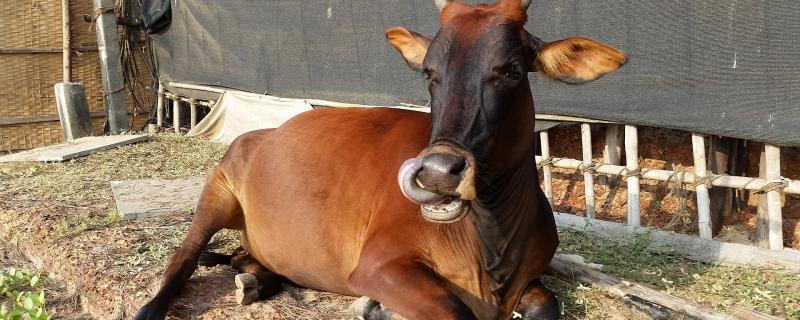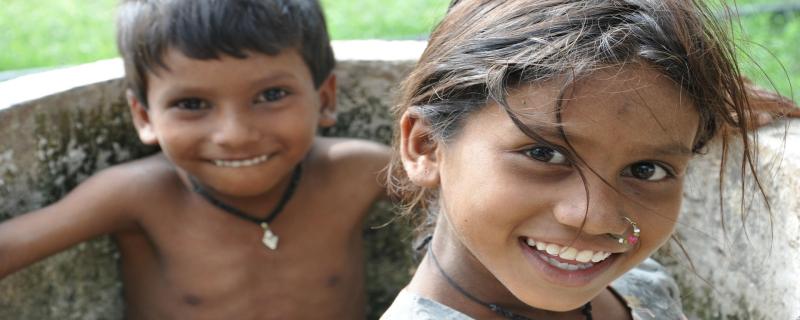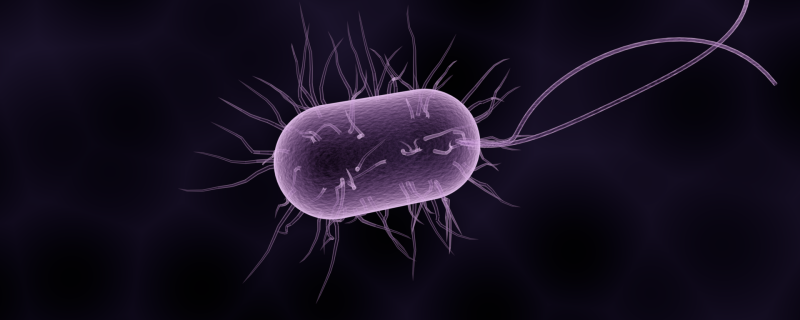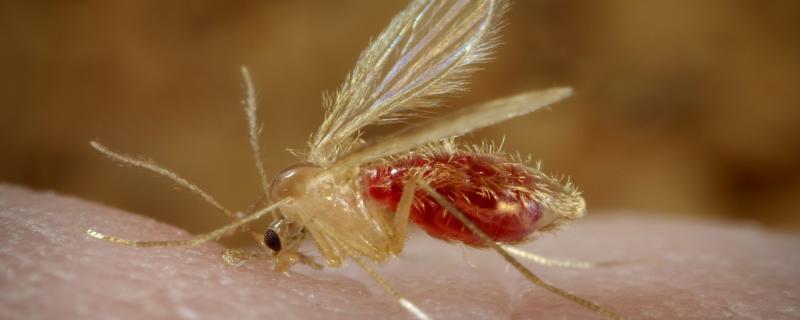In the course of human evolution, our ability to read is a relatively newly acquired trait. Hence, it is highly unlikely that a region of the brain could have evolved specifically for reading, unlike much more ancient functions like seeing or hearing. But, how is it that we are capable of this unique feat that involves recognising words and interpreting their meaning? Reading requires the coordinated functions of several regions in the brain, particularly associated with visual sensory processing. In a recent study, an international team of researchers investigated the effects of reading on the visual system in the brain.This study was published in the journal Science Advances.
Scientists theoretically probe the atomic properties of the 2D materials under strain
Mumbai/ Apr 18, 2024










